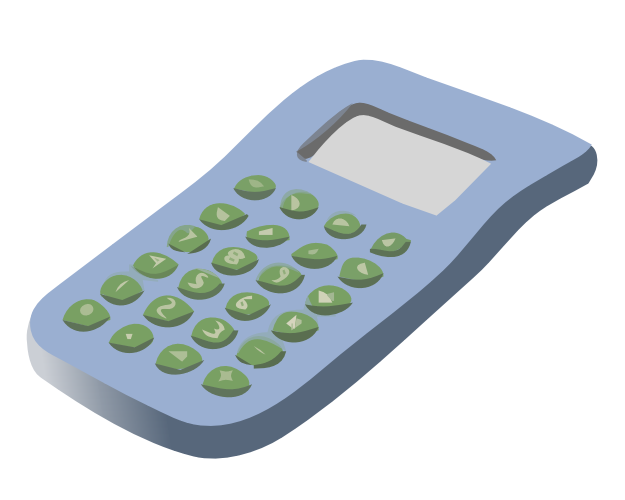To study the Pulse Code Modulation (PCM) Decoding with respect to Ground.
Pulse code modulation (PCM) is a system for converting message signals to a continuous serial stream of binary numbers (encoding). Recovering the message from the serial stream of binary numbers is called decoding.
At its simplest, decoding involves:
There is another issue crucial to PCM decoding. The decoder must be able to detect the beginning of each frame. If this isn't done correctly, every number is incorrectly interpreted. The synchronising of the frames can be managed in one of two ways. The PCM encoder can generate a special frame synchronisation signal that can be used by the decoder though this has the disadvantage of needing an additional signal to be sent. Alternatively, a frame synchronisation code can be embedded in the serial data stream that is used by the decoder to work out when the frame starts.







